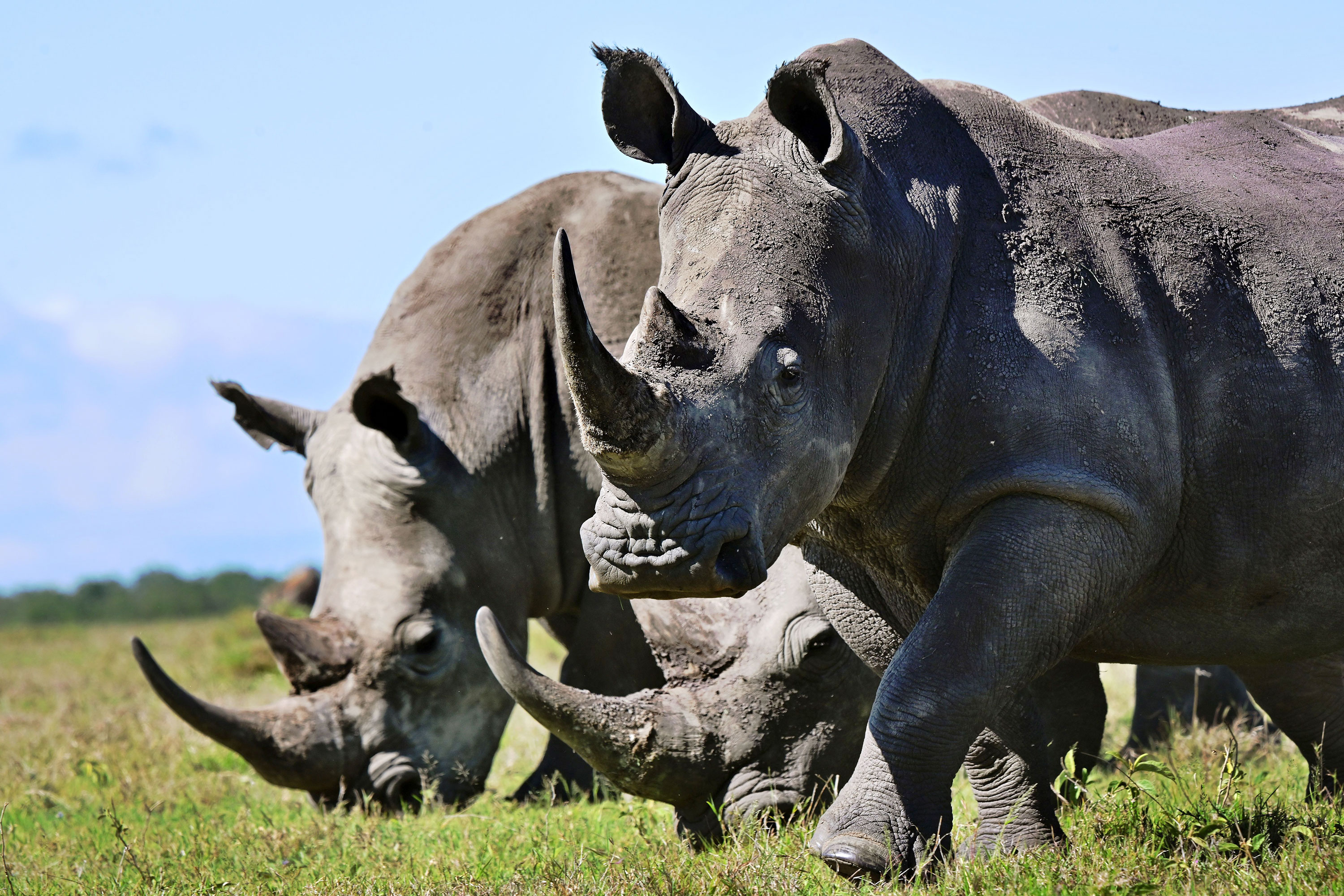

This study study provides the first detailed description of the development and resultant structure of the rhinoceros horn. This procedure is costly and has a mortality risk. Based on the assumption that rhinoceros' horn consists of a collection of hollow tubules and intertubular hollow spaces, which allow internal fluid distribution, a horn devaluation procedure through infusion of chemicals and dyes was recently introduced.

Despite the listing of all species of rhinoceros in the International Union for Conservation of Nature Red List of threatened animals, their numbers are still declining rapidly. The Wildlife Protection Act 1972 allows for the destruction of wildlife trophies (including rhino horn) under Section 39(3) (c) which states – “No persons, shall, without the previous permission in writing of the Chief Wildlife Warden or the authorised officer destroy or damage such government property”.The alleged traditional medicinal properties of rhinoceros horn resulted in a dramatic escalation in rhinoceros poaching in South Africa. The longest horn recorded is 57 cm anterior curvature and 42.5 cm standing height and the weight of the heaviest horn recorded is 3.05 kg, according to the forest department. Horns implicated in court cases: Genuine – 19 and Fake – 10īoth fake and African horns have been reconciled. “Due to demand in these countries, poaching pressure on rhinos is ever persistent against which one cannot let the guard down,” the forest department said. In Vietnam, possessing a rhino horn is considered a status symbol. Ground rhino horn is used in traditional Chinese medicine to “cure” a range of ailments from cancer to hangovers and also as an aphrodisiac. Horns collected on the death of rhinos of those naturally drop off are kept in the custody of the forest department.Īlso read : Amit Shah Assam CM to hold preliminary talks with ULFA(I) They were earlier found in Laokhowa Wildlife Sanctuary and some other parts of the state, from Goalpara in the west to Dibru-Saikhowa National Park in the east.Įssentially a mass of compacted hair, rhino horn is made up of Keratin, a protein that also makes up our hair and fingernails. With about 2,600 individuals, they are found in Kaziranga, Manas and Orang National Parks besides Pobitora Wildlife Sanctuary. The vote of thanks will be delivered by Dr AMit Sahai, PCCF (Wildlife).Īccording to the forest department, Assam has the largest population of greater one-horned rhino (Rhinoceros unicornis) in the world. There will also be video display of speeches by international conservationists.Īfter speeches delivered by the chief guest and other dignitaries, they will inspect the rhino horns and chief guest Sarma will lead the symbolic charging of the furnaces. The welcome address will be delivered by principal chief conservator of forest (PCCF) & head of forest force (HoFF), Assam, Dr Alka Bhargava. Besides, chief executive member (CEM) of Karbi Anglong Autonomous Council (KAAC) Tuliram Ronghang and Bodoland Territorial Council (BTC) CEM Pramod Boro will also be present at the mega programme.Īs per the programme, the transportation of the rhino horns from the Bokakhat treasury to the Bokakhat parade ground will start at 7:30 in the morning.įlags of four rhino-bearing protected areas will be hoisted after the arrival of the rhino horns.Ĭhief guest chief minister Himanta Biswa Sarma will arrive at Bokakhat parade ground at 9:30 am.


 0 kommentar(er)
0 kommentar(er)
